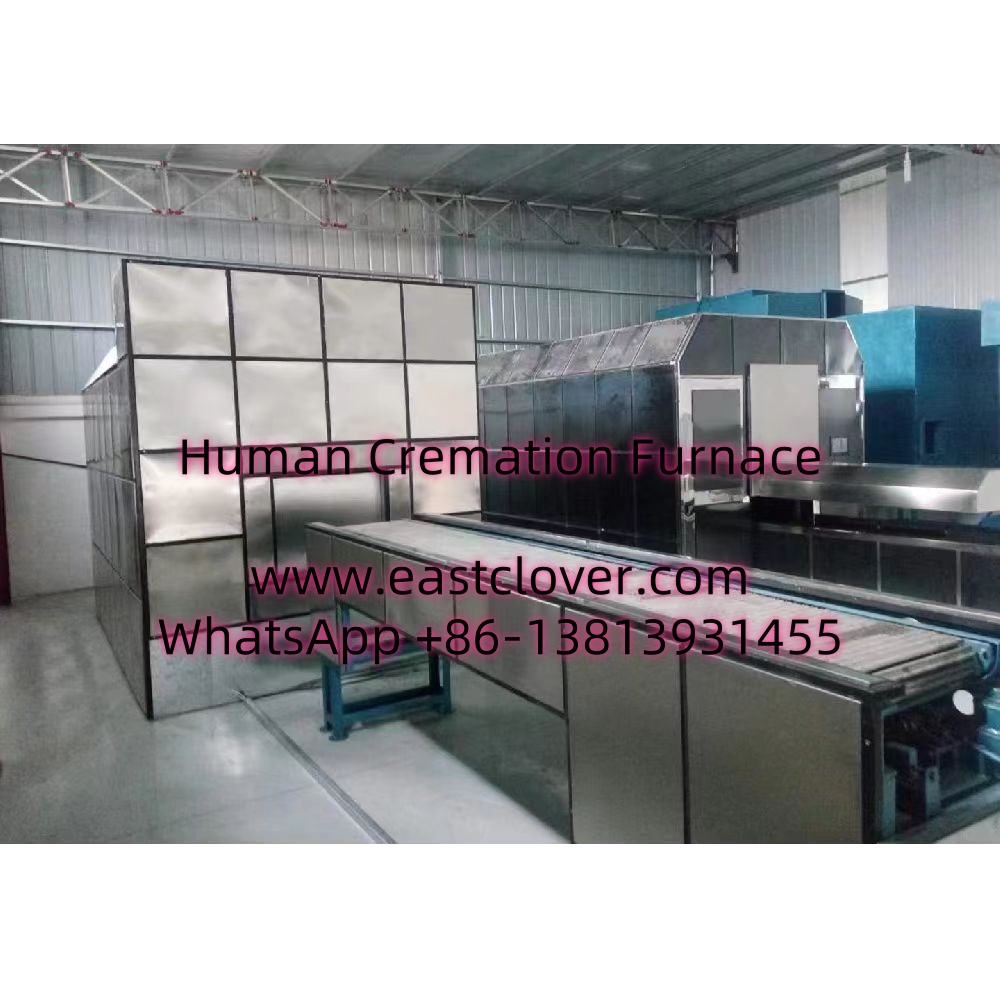Ethiopia’s Urban Challenge and the Rise of Mobile Cremation
Addis Ababa, Ethiopia’s bustling capital, faces a critical challenge common to many rapidly urbanizing African cities: managing limited space and infrastructure while honoring cultural traditions. As the city’s population surges past 5 million, traditional burial practices—deeply rooted in Ethiopian Orthodox Christian customs—are becoming increasingly unsustainable. Cemeteries are overcrowded, land is scarce, and public health concerns around burial practices are mounting. In response, an innovative solution has emerged: mobile container human cremation furnaces. This groundbreaking technology is reshaping Addis Ababa’s approach to death care, balancing modernity with cultural sensitivity.
Traditional Burial Practices Under Pressure
For centuries, Ethiopians have buried their deceased in hand-dug graves, often in family plots or church-affiliated cemeteries. The Ethiopian Orthodox Church, which represents over 40% of the population, mandates burial as a sacred rite. However, urban expansion has left little room for new graves. Older cemeteries, such as Gulele and Kolfe, are at capacity, forcing families to wait weeks for burial space or relocate remains to rural areas—a costly and emotionally taxing process. Additionally, shallow graves in informal settlements raise sanitation risks, particularly during rainy seasons when water contamination becomes a concern.
Mobile Container Cremation: A Modern Solution
In 2022, a collaboration between Ethiopian engineers and international sustainability advocates led to the development of mobile cremation furnaces housed in repurposed shipping containers. These units, strategically placed in underserved neighborhoods, offer a compact, energy-efficient alternative to traditional burials. Each container features:
- A high-temperature furnace (1,200°C) powered by biogas or electricity.
- Emission control systems to minimize particulate matter.
- Modular design for easy relocation based on demand.
- Space for provisional memorial services.
The process takes approximately 90 minutes per cremation, with ashes returned to families in biodegradable urns. At an average cost of $150—significantly lower than traditional burials, which can exceed $500—the service is gaining traction among low-income families.
Cultural Adaptation and Public Reception
Initial resistance from religious communities posed a significant hurdle. The Ethiopian Orthodox Church condemned cremation as incompatible with teachings on bodily resurrection. To address this, innovators engaged clergy in dialogue, emphasizing the technology’s role in alleviating public health crises rather than replacing traditions. Pilot programs included memorial rites led by priests, blending liturgical elements with cremation. Over time, acceptance has grown, particularly among younger, urban populations. A 2023 survey found that 28% of Addis Ababa residents would consider cremation, up from 4% in 2020.
Environmental and Urban Impact
Mobile cremation addresses multiple sustainability challenges:
- Land Conservation: A single container unit saves an estimated 1,000m² of burial land annually.
- Emissions Reduction: Advanced filters capture 98% of emissions, contrasting with open-air funeral pyres used in some regions.
- Waste Management: Biodegradable urns reduce plastic waste from traditional coffin materials.
City planners have integrated these units into broader green initiatives, including biogas production from organic waste to power the furnaces.
Challenges and Future Directions
Despite progress, obstacles remain. Limited public awareness, intermittent electricity in peri-urban areas, and lingering stigma among older generations hinder adoption. Innovators propose:
- Expanding interfaith outreach programs.
- Developing solar-powered units for off-grid communities.
- Partnering with artists to design culturally resonant memorial spaces near container sites.
Long-term goals include exporting the model to other African cities, such as Nairobi and Lagos, facing similar pressures.
www.southclover.com
Addis Ababa’s mobile cremation furnaces exemplify how innovation can address urban challenges without erasing cultural identity. By blending cutting-edge engineering with community-led adaptation, Ethiopia is redefining death care in the 21st century. This model offers a blueprint for cities worldwide to balance growth, sustainability, and respect for tradition.
FAQs
How do mobile cremation units handle different religious requirements?
Operators collaborate with religious leaders to customize services, such as allocating time slots for specific faiths or incorporating ritual elements into memorial gatherings.
Are cremated ashes treated differently from traditional remains?
Ashes are handled according to family preferences—scattered in designated areas, interred in miniaturized burial plots, or retained in urns.
What safeguards prevent environmental contamination?
Furnaces meet EU emission standards, with real-time air quality monitoring and monthly inspections by city health officials.
How affordable is cremation compared to rural burials?
Transporting a body to a rural village can cost $300–$800. Cremation’s flat $150 fee makes it accessible to low-income households.
Could this technology work in smaller Ethiopian towns?
Trials are underway in Hawassa and Bahir Dar, with smaller units designed for populations under 100,000.

Comments are closed